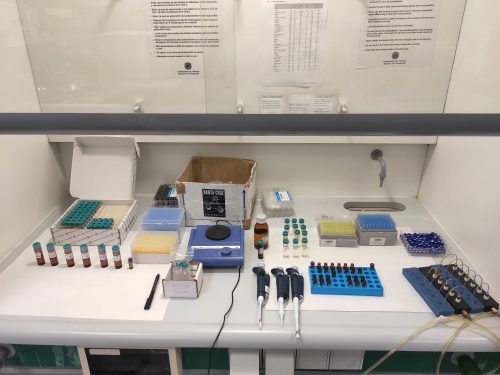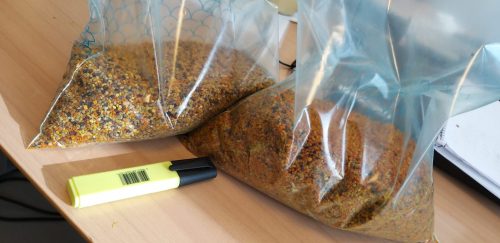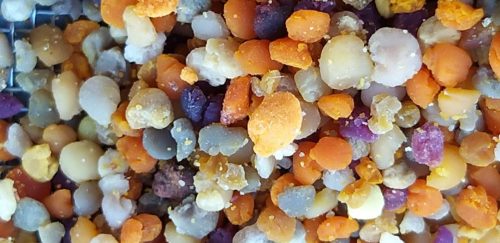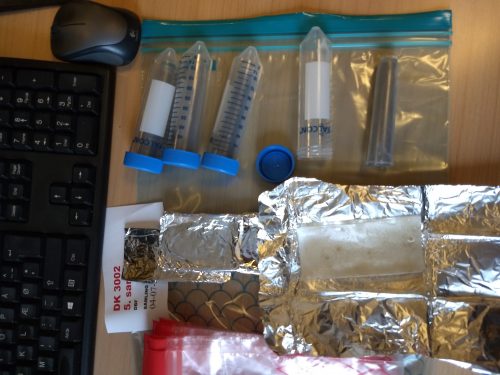The amounts of substances, detectable in a colony, depends on how much is bio-sampled outside. This is directly linked tot he number of foragers. Therefore part of recordings done in the Insignia project is colony strength assessment with Image J. To do so the number of hive entering bees is counted with beecounters during about one week and in this week all frames with bees are photographed. The number of bees per photograph = one frame side is calculated by recording the surface covered with bees. One cm2 is covered by 1.25 bees (Delaplane, Guzman-Novoa, Steen, 2013).
These recordings are done in Rome by Marco and will be done next year in Denmark by Flemming, by Valters in Latvia and by Ivo and myself in the Netherlands. However want to join, please join.
With the colony strength data and number of hive entering bees, we study the linkage between these two parameters in order to have a simple citizen science tool that the colony strength can be assessed by counting the beelanes between frames of specific sizes. That is why the question of frame sizes and occupied bee lanes is added to the lime survey.
Keith S Delaplane, Jozef van der Steen & Ernesto Guzman-Novoa (2013) Standard methods for estimating strength parameters of Apismellifera colonies, Journal of Apicultural Research, 52:1, 1-12

Sjef van der Steen









